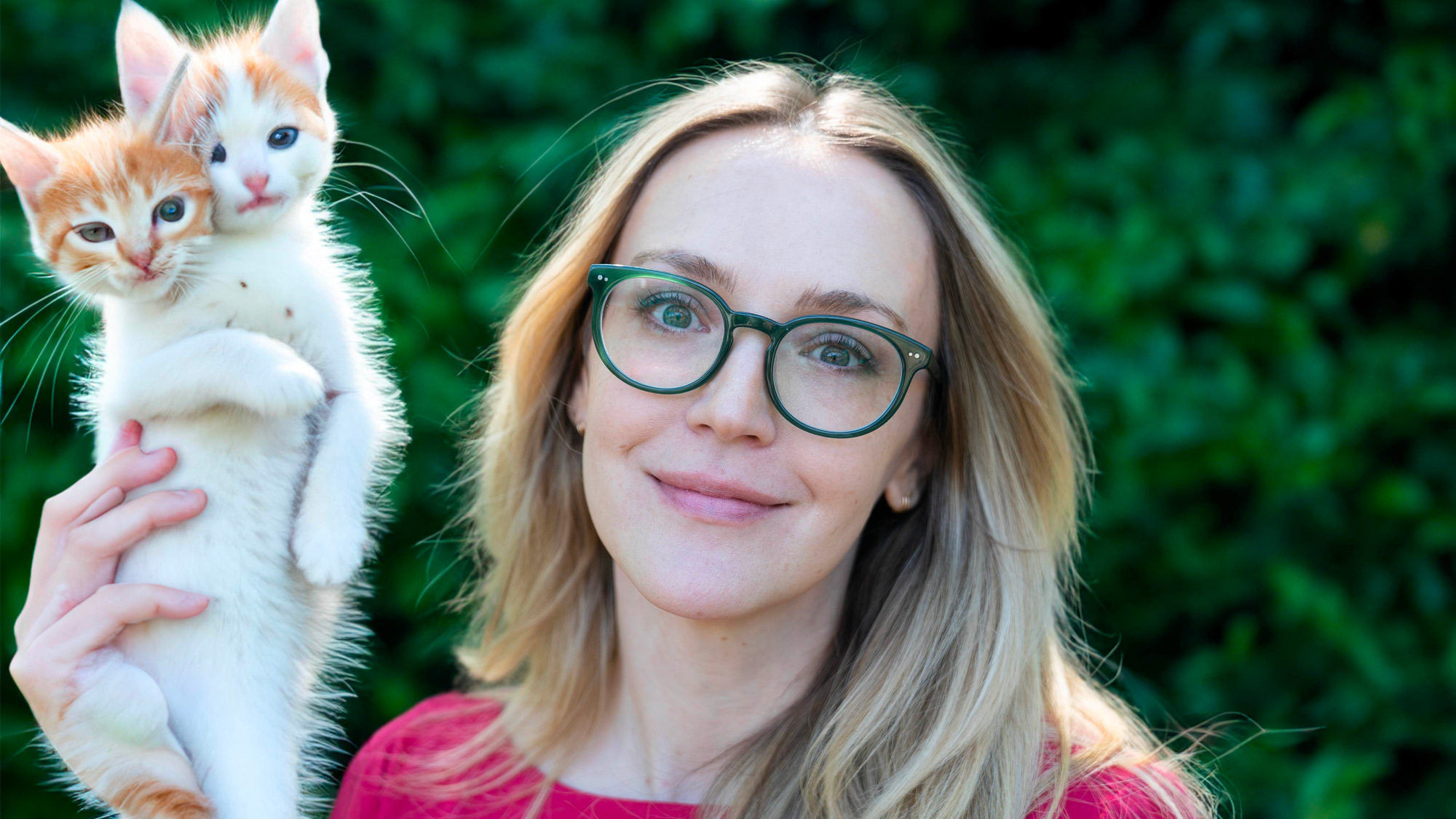THIS IS THE REAL ANNIE COLBERT writing to you, not an AI trained on thousands of random tweets, hours of Zoom calls, and a deep dive into half-finished Google Doc drafts. I did, however, ask PopSci’s design director to give my headshot a little sizzle with help from Photoshop’s generative AI fill feature. The results were…well, see for yourself:

My adventures with two-headed cats and off-brand Muppets will thankfully not be the issue’s only dip into AI. We dedicated all seven Ask Us Anything stories (like this one about how safe it is to get health advice from an AI) in our fall “Fake” issue to answering pressing questions about the real-life impacts of artificial intelligence—everything from “Could an AI influence an election?” to “Can AI chatbots give good medical advice?”
If you read those questions and thought Absolutely not, but or Well, maybe, then you can start to understand why the theme of Fake provoked lively discussions across our newsroom. It’s the nuance, the hazy in-between when something can’t be 100 percent good, 100 percent bad, or 100 percent anything.
Fake has been used as an insult (“You’re so fake”), a means of discrediting (“fake news,” sigh), and an antithesis of authenticity. But if we can release our grip on a need for the definitive and wade into the gray areas, you’ll find complex and subtle details that could make you question your beliefs about the not quite real.
In this issue, we examine numerous facets of fakeness. Maddie Stone performs a scratch test on the thriving business of fake crystals, dulling the sparkle of that cotton-candy-colored quartz sold at a discount on eBay. In rural Colorado, Riley Black visits a fossil reconstruction studio overflowing with bones made not of sediment tens of millions of years old but of modern materials like polyurethane resin. Art and science swirl together in the afterlife with a photo essay by Ted Cavanaugh that captures the morbid beauty of taxidermy.
We also wandered off the planet with Tatyana Woodall, who looks at the future of pioneering space medicine innovations that could change how we treat the maladies of earthbound humans. And on the home planet, at CERN, Rahul Rao visits the physicists attempting an otherworldly triumph: reconstructing our early universe with help from the Large Hadron Collider.
Finally, in celebration of spooky season, a time for good-natured tricks and tales of hauntings, Bill Gourgey digs a treat out of our archives with a look back at a DIY “spiritphone” originally published in 1930. I hope our takes on fakes, written entirely by actual humans, reframe your perceptions of fakery because—boo!—you never know what’s real.
Cheers to PopSci’s fall 2023 issue from me and my AI-generated hand!

How to read the issue stories
• If you’re a subscriber but haven’t set up an account yet, you can do that here. Then find the stories in the reduced-ad section of our website, PopSci+.
• Use our iPhone, Android, and desktop apps. Log in with the email associated with your account. If you have trouble, make sure you’re using the latest version of the app. And if that doesn’t work, contact customer service.
• If you’re an Apple News+ subscriber, read the issue here.

